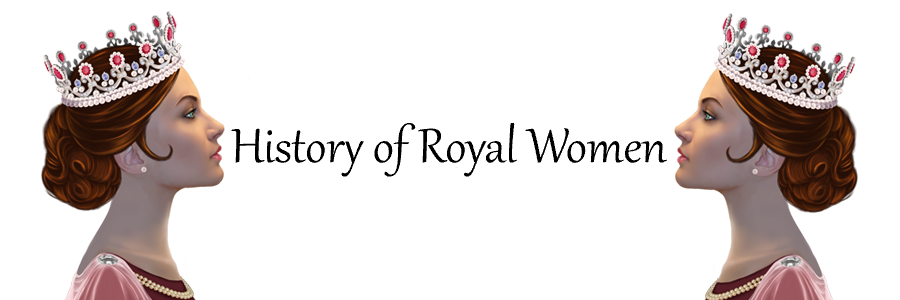
Philippa became dedicated to charity and religion. She and her husband were known for helping their people during the famine and an outbreak of the plague. She was also known for taking over the administrative tasks when her husband was away.
Tragedy struck in December 1508 when René died following a heavy cold. Philippa tried to become regent for her son, Antoine, who was 19 years old at the time. However, it was decided he was old enough to rule on his own. Philippa moved out of the ducal palace in Nancy to the Castle of Bar. She lived a modest life there, focussing on her children, charity and religion. In 1513, she was joined in Bar by Antoinette de Bourbon, who had married her son Claude that same year. They lived together until 1519. She was present at the birth of their daughter Marie in 1515.1 They were also joined by Renée de Bourbon, who had married her son Antoine.2
By 1519, Philippa had decided to spend whatever remained of her life at the Convent of Poor Clares of Pont-à-Mousson. She informed her children who were very surprised as the Poor Clares lived in poverty and asked her to go to a less strict convent. She refused and entered the convent on 19 December 1519. During the solemn ceremony, she changed into a simple habit, had her hair cut, was veiled and was given a cord for around her habit.3
Despite the strict rules of the convent, Philippa kept in touch with the outside world. She had several servants and corresponded with family through the convent’s secretary. She even received a letter from Pope Leo X telling her how glad he was that she had joined the convent.4 She also received a visit from Emperor Charles V, who was also aspiring to retire to a convent.5
When her sons Claude and Antoine visited her on their way to deal with a peasant horde, she reaffirmed her religious devotion and told them, “Do not recoil now that the occasion presents itself to die gloriously for Him, who with the infamy and opprobrium of the world upon him, died on the cross for you… Hurry yourselves… and against all who oppose you with arms strike, chop and cut… Do not fear to be cruel… Heresy is of the nature of gangrene; it will spread over the whole country if one does not confront it with fire and steel.”6
Her brother Charles died in 1538 without leaving any issue.
Philippa was often ill during her years at the convent, but her first serious illness did not show up until 1540. Fearing the worst, her family was called to her, but she recovered. Philippa met Christina of Denmark shortly after Christina married her grandson, Francis, in 1541. Her great-granddaughter Mary, Queen of Scots, was born on 8 December 1542.
Her health became worse from 1545, and she completely withdrew from life. She died on 26 February 1547. While ailing, she asked what day it was, and when told it was a Saturday, she reportedly said, “All the best things of my life came to me on this day. I was born and married to my dear husband on a Saturday. I entered Nancy amid the rejoicings of my people, and I forsook the world to take the veil on this day, and now, on Saturday, I am going to God.”7
She had survived ten of her children. She requested a simple grave in the convent’s cemetery, and this monument still exists. Her sons wanted a more elaborate monument, and a tomb, ordered by Christina of Denmark, was placed in the chapel of the convent. This marker is now in the Cordeliers Convent.8
- Philippa van Gelre, Hertogin van Lotharingen, (1465-1547) by Pauline Zwetheul in Arnhem Historisch Tijdschrift 2024/1 p.8
- Christina of Denmark, Duchess of Milan and Lorraine, 1522-1590 by Julia Cartwright p.258
- Philippa van Gelre, Hertogin van Lotharingen, (1465-1547) by Pauline Zwetheul in Arnhem Historisch Tijdschrift 2024/1 p.9
- Philippa van Gelre, Hertogin van Lotharingen, (1465-1547) by Pauline Zwetheul in Arnhem Historisch Tijdschrift 2024/1 p.10
- Christina of Denmark, Duchess of Milan and Lorraine, 1522-1590 by Julia Cartwright p.285
- Scourge of Henry VIII: The Life of Marie de Guise by Melanie Clegg p.38
- Christina of Denmark, Duchess of Milan and Lorraine, 1522-1590 by Julia Cartwright p.316
- Christina of Denmark, Duchess of Milan and Lorraine, 1522-1590 by Julia Cartwright p.316

Be the first to comment